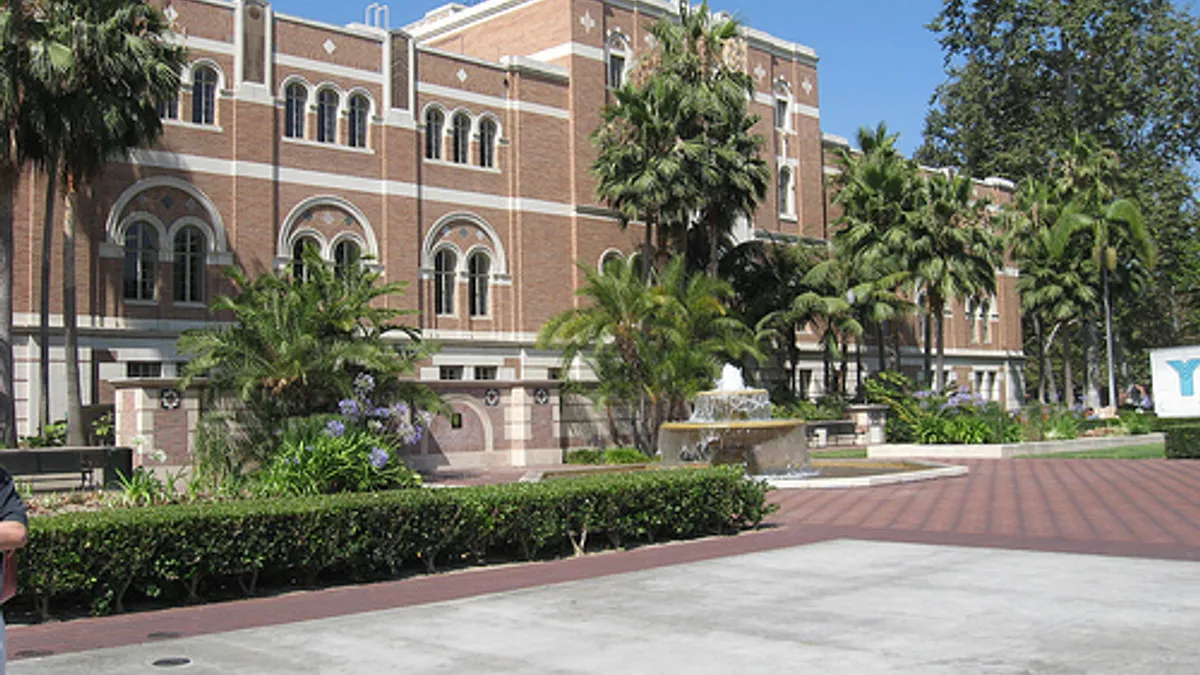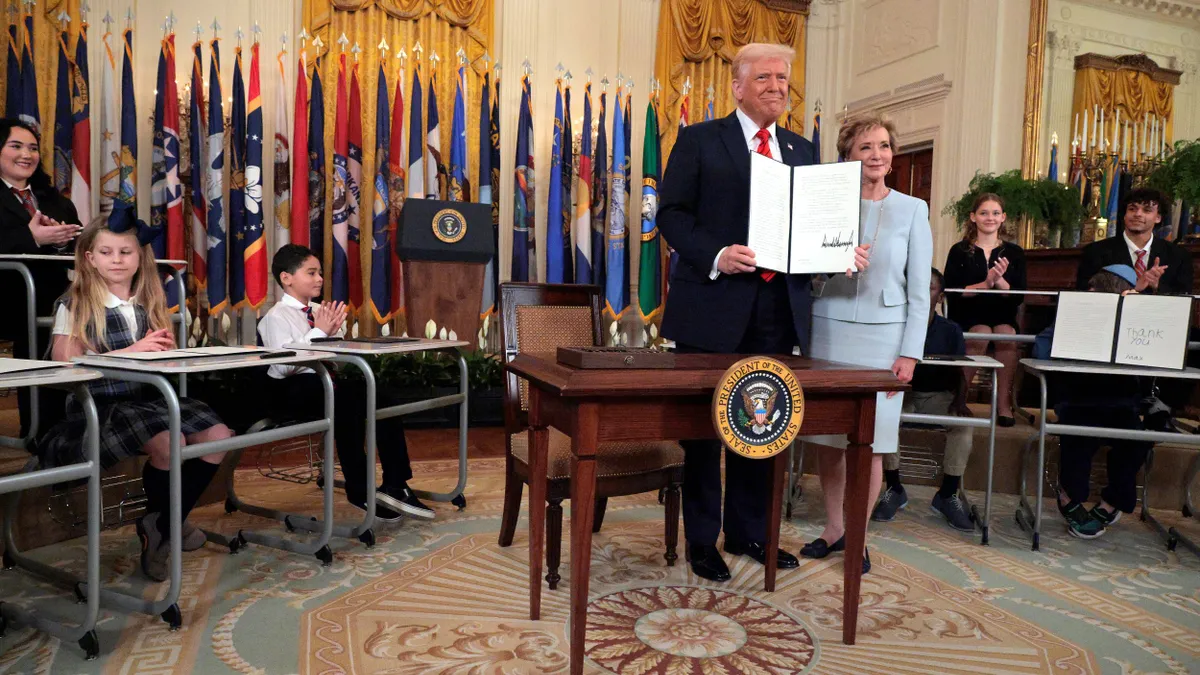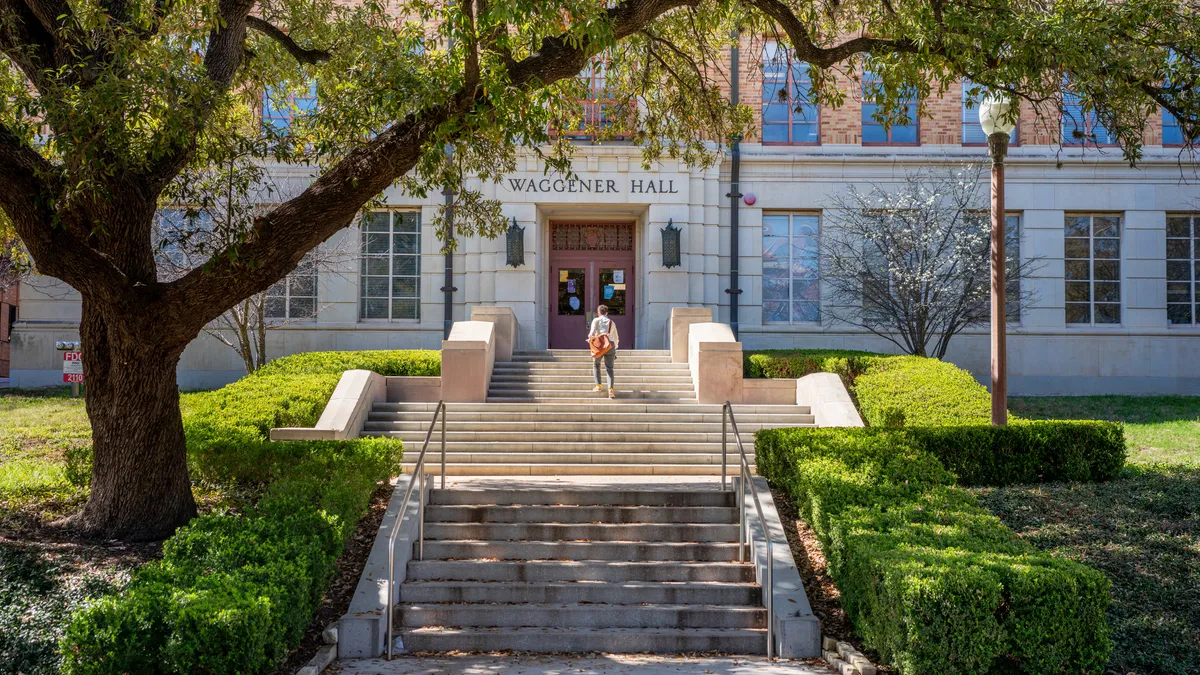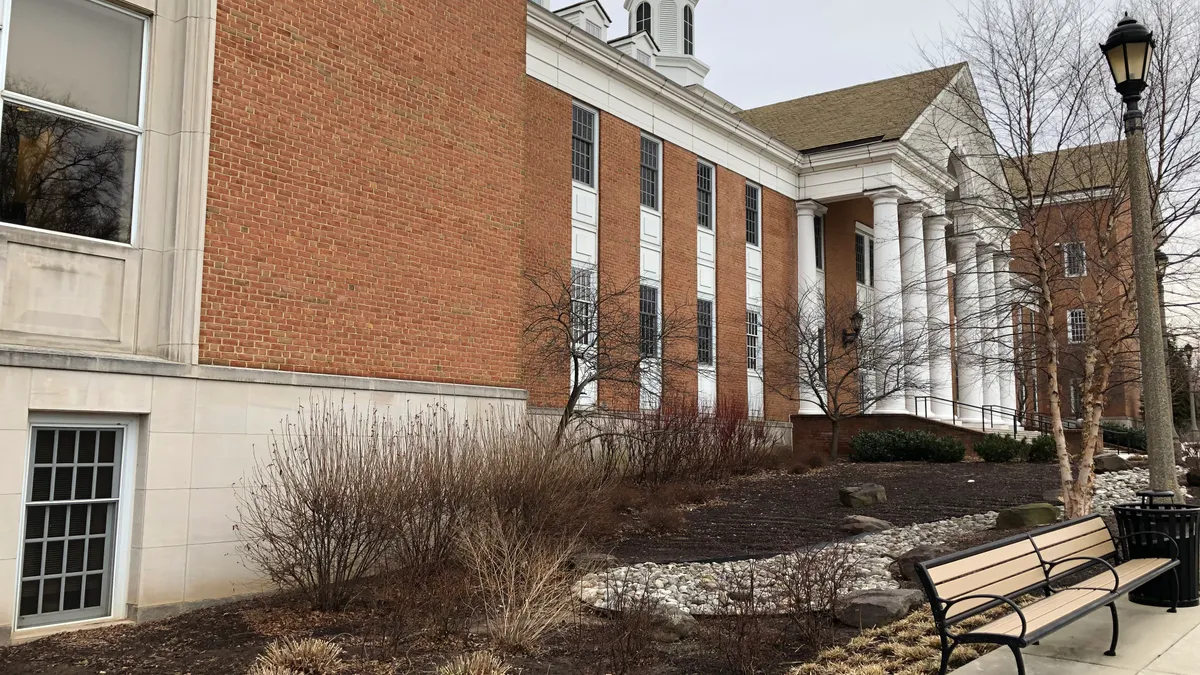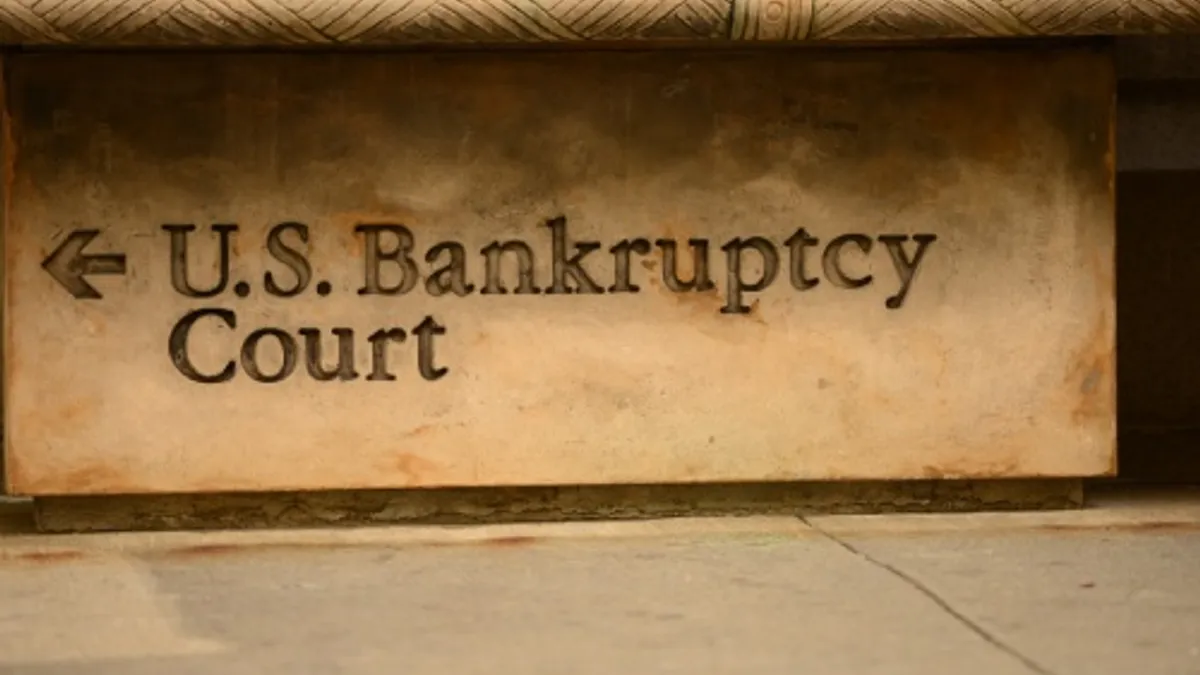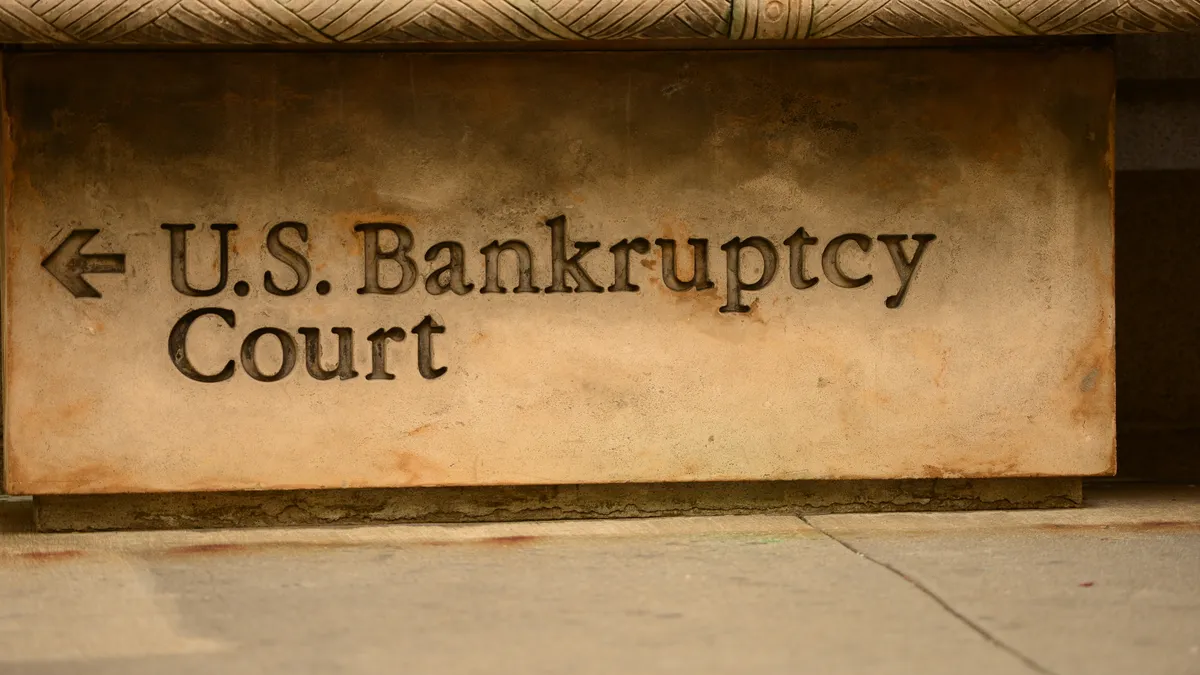Earlier this month, the University of Southern California's Rossier School of Education celebrated five years and 2,000 graduates in its online Master of Arts in Teaching program offered via 2U. The program now has students in 47 states, with graduates now working in 16 countries — effectively achieving the school's mission of improving learning locally, nationally, and globally.
The school didn't always have the reach to do that. "There’s no way we could have done this without having 2U as our partner," says Dean Karen Symms Gallagher.
For more information on how the school expanded its program, the structure of student teaching in a distance learning environment, and the upcoming doctorate Rossier plans to launch on the platform, we caught up with Gallagher and Assistant Dean for Communications Barbara Goen.
EDUCATION DIVE: What initially led to the creation of the online program with 2U?
KAREN GALLAGHER: [2U co-founder] John Katzman approached us about the possibility of creating a really robust online teacher preparation [program]. He knew our mission was to improve learning locally, nationally, and globally, but that we had a really small teacher preparation program. He talked to us about how we could grow it without having to worry about classrooms and physical space on our campus, and that it would be a partnership. He was just starting up what was then called 2Tor and now is 2U. It was his coming and talking with us about how we could really meet our mission and grow our high-quality program using their, at the time, unique platform LMS.
BARBARA GOEN: And I think John Katzman would tell you that he was not a fan of schools of ed, but he became, definitely, a fan of Dean Gallagher. And he knew that this was the kind of school and the kind of leader that would actually have this conversation about taking this program online and what that could be. He became very excited about the possibilities and knew that we had a terrific program that deserved to have a wider audience.
What is the structure of the program like as far as the partnerships with schools and districts?
GALLAGHER: The students do, among other things, 20 weeks of student teaching – plus, they’re out in schools from, really, the beginning of the program. We have individual partnerships with schools that take our students, so there are things they have to agree will happen, like videotaping and mentors and so on. And then we also have about 30 formal partnerships now with districts and charter management organizations on multiple things. We hope that they’ll send some of their current teachers in for professional development, that they’re interested in looking at impact. We’re trying to grow these partnerships so that we don’t have to look for a school each time. We have a partnership with LAUSD, our largest partner. It’s a formal partnership about things we’ll do together about the preparation of new educators.
Are school and district partnerships right now nationwide?
GALLAGHER: Yes. We’re in all states. We have probably the largest number here in California, but we’re also in Texas, Georgia, Colorado, Connecticut. We have hubs. Around Atlanta is a hub for us. It’s our second largest cluster of current students and alums of the MAT program. There are nine states besides California that two-thirds of our students come from.
We give scholarships to current teachers – not in the MAT, because the MAT is for people who aren’t current teachers. But we have a master’s for teacher leadership, which is also online. It [schools] have current teachers who they think ought to stay in the classroom but begin being mentors and coaches to other teachers in the building, we hope that they will send those kinds of teachers into our master’s program.
What do you think 2U brought to the table that really helped make that online program a success?
GALLAGHER: Their learning management system, that was more than just asynchronous. We do live classes. Every student signs up for a live class – it’s like Adobe Connect video conferencing. During a live session, which is two hours, the faculty member and the students, in real-time, see and hear one another, and the platform allows them to show video, to upload video and show things they’re doing out in schools. It has written material. They have a chatroom. It’s a virtual classroom, but it’s in real-time, and that is something that was really probably the thing that sold us on working with 2U. It wasn’t just a static, one-way “watch talking heads.” It was a very robust program that we felt would reflect the quality of why people come to USC.
They brought the platform and the 24-7 technical assistance. They helped us with taking our courses and putting them online, which is not an easy process, as we’ve learned. It’s a very creative process. And then they also do the recruiting. They know the national market that we don’t know. We brought the brand. It’s our curriculum, our intellectual property. We decide who gets in, and we decide who finishes.
So, it’s really a good marriage of expertise on both sides. They have a more national reach than we did, and we’ve certainly developed that working with them, but truly, it is only with the relationship and partnership we’ve had with 2U that we’ve been able not only to grow our program, but also to develop these other programs with them.
I read that 84% of the program’s reportable graduates were employed full-time or part-time within nine months of their degree. Is that in the field?
GALLAGHER: Yes. It means in education, so it could be in a public school. It could be in a charter school. It could be in a parochial school. It’s in education.
How has the “Rossier Commitment” helped support that?
GALLAGHER: Well, we do know that potential students talk about it. They say that it’s one of the things that attracted them to look into coming to USC. Of course, it isn’t just for teacher ed – it’s for all of our programs that we make this commitment. What we’re saying to them, particularly to the students whose delivery is through the online platform, is that this is a way for us to stay connected with them. We archive all of the materials that they produce. That would be their videotapes that they do. When they student teach, they videotape themselves planning the lesson, teaching the lesson, and debriefing on the lesson. They have this very rich video portfolio, and we can build on that as they go out into their own classrooms. We can go back and look to see were there things in their preparation that we say, “OK, we should have worked with them more on this.” We can build on that and carry it with them.
They know that we’ll continue to work with them on professional development opportunities. We’ll do one-on-one. We’ve had lots of people call us for help on things like they’re looking for jobs, or they would like some advice. So it’s been both for prospective students, but also for alums from a while ago.
With the Doctor of Education, are there any plans to offer that through 2U?
GALLAGHER: We are, in fact, in January, starting an EdD with 2U that’s in organizational change and leadership. It’s not our on-ground EdD, which is more for traditional administrators both in K-12 and higher ed who are going into school systems or charter management. This is for anyone who’s engaged in training and change, so it could be in large corporate settings, as well as school districts and other organizations, but it’s specifically around how you organize learning and incorporate online into that.
Would you like to see more education news like this in your inbox on a daily basis? Subscribe to our Education Dive email newsletter! You may also want to read Education Dive's interview with 2U CEO Chip Paucek.



